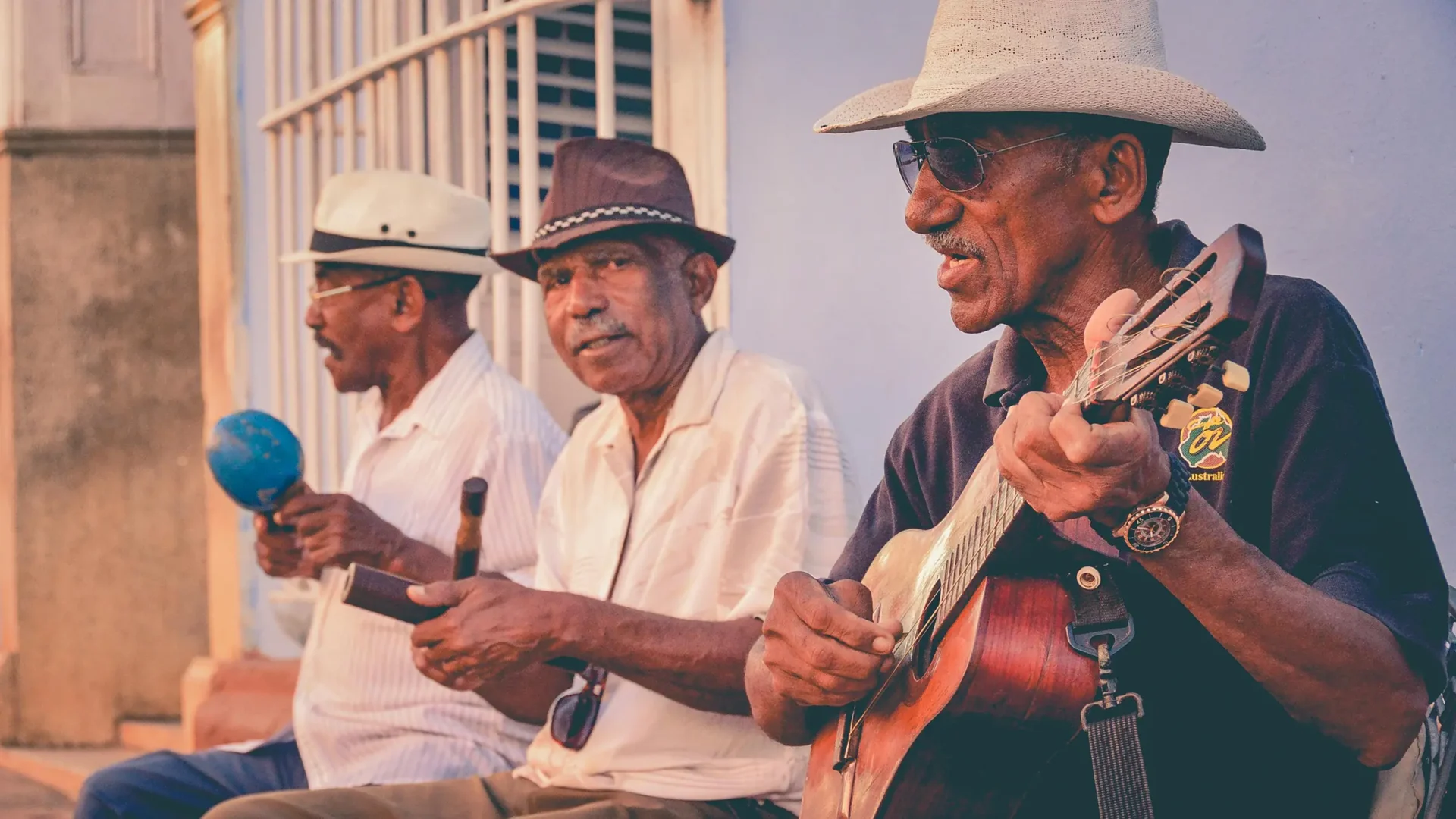Culture
Shared beliefs, values, traditions, and behavioral patterns that shape how a group understands and interacts with the world.
LeCompte and Schensul define culture as:
Group patterns of behavior and beliefs that persist over time. Therefore, a group (even a small sub-group) must adopt a behavior or belief and practice it over time if it is to be defined as cultural rather than individual or personal. For example, the insertion by a handful of adolescents of safety pins in their earlobes could be viewed as a form of personal mutilation. But when the use of safety pins and other hardware as jewelry becomes commonplace, as it did in the teenage punk subcultures of North America and Europe, it becomes a cultural practice.
Culture also can be treated as a mental phenomenon; that is, as consisting of what people know, believe, think, understand, feel or mean about what they do.
Cultures don’t have to be in faraway lands or with people who dress in traditional garb. Any group of people who embrace the same ideals and behave the same way is a cultural group. People who get together regularly and dress up for cosplay are a cultural group. Some companies champion a corporate culture that includes company-wide traditions like celebratory awards. Culture manifests anywhere people regularly practice rituals and practices, from girls’ softball teams to religious groups. Cultural practices are developed over time and often become a point of pride for people. People’s culture is part of their identity, and it situates their place of belonging in a bigger historical picture.
Examples of Culture
- People who groom and show dogs
- Corporate culture (Southwest Airlines, Apple, Zappos)
- University faculty
- Cotton farmers
- Motorcycle riding groups
- the Hopi Tribe
- Collectivist mindset
- Individualist approach
- Traditional practices
- Cultural hybrid
Researching Culture
The concept becomes useful for design research when designers avoid defining culture as only for faraway people in exotic lands. Ethnography is a “thick description” of how people go about their daily lives. Products, services, and systems are very much part of most people’s lives in western society. As such, it is a valuable practice to study how people live to better understand how to design in ways that match their cultural traditions.
Questions to Ask
- In what ways do people behave so we can tell they are together in a unified group?
- What rituals do people perform?
- What do people wear that represents their culture?
- What do people do to belong to a cultural group?
Look For
- What people wear
- Language patterns—ways of speaking
- Attending events together at the same time/days
Sources
Design
Benny, D. L., & Hazel, C. (2003). Culture-Based Knowledge Towards New Design Thinking and Practice: A Dialogue. Design Issues, 3), 48.
Social Science
Bandura, A. (2002). Social cognitive theory in cultural context. Applied Psychology: An International Review, 51(2), 269-290.
Borofsky, R., Barth, F., Shweder, R. A., Rodseth, L., & Stoltzenberg, N. M. (2001). When: A Conversation About Culture. American Anthropologist, 103(2).
Fiske, S. T., & Taylor, S. E. (2017). Social cognition: from brains to culture. (3rd ed.). London: SAGE.
Geertz, C. (1973). The interpretation of cultures: selected essays. (2000 ed.). New York: Basic Books.
Ginsberg, M. B. (2005). Cultural Diversity, Motivation, and Differentiation. Theory Into Practice, 44(3), 218-225.
Keltner, D. (2011). Social Class as Culture. Retrieved October 29, 2019 from https://www.psychologicalscience.org/news/releases/social-class-as-culture.html
LeCompte, M. D., & Schensul, J. J. (2010). Essential Ethnographic Methods: A Mixed Methods Approach (2nd ed. Vol. 3). Lanham, MD: AltaMira Press.
Markus, H. R., & Kitayama, S. (1991). Culture and the Self: Implications for Cognition, Emotion, and Motivation. Psychological Review, 224-253.
Monga, A. S. B., & Williams, J. D. (2016). Cross-cultural styles of thinking and their influence on consumer behavior. Current Opinion in Psychology, 10, 65-69. doi:10.1016/j.copsyc.2015.12.003
